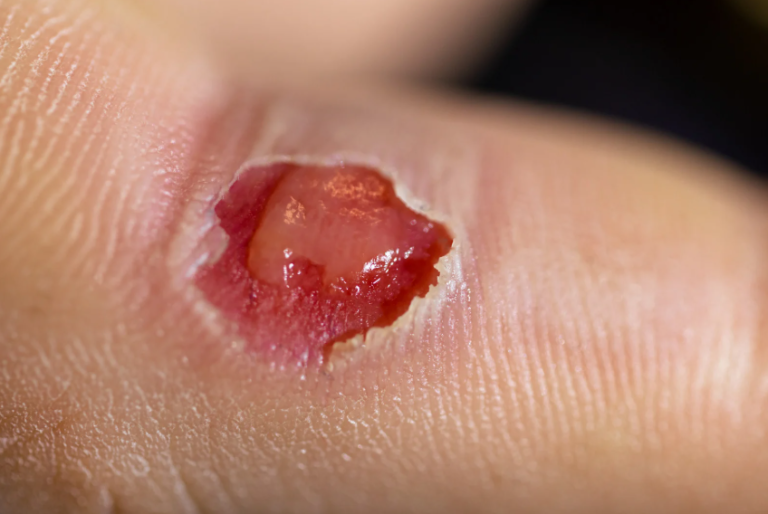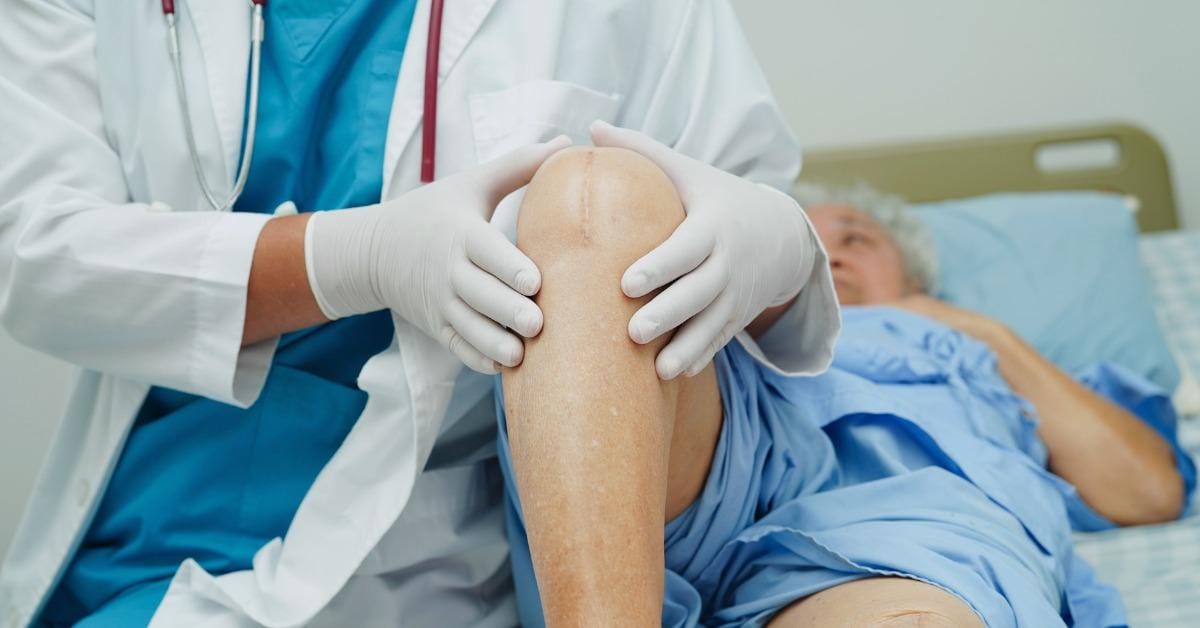Diabetic foot ulcers are a common yet serious complication for individuals living with diabetes. These wounds can develop due to poor circulation and nerve damage, often going unnoticed until they become severe. Dead tissue removal is a vital part of treating diabetic foot ulcers, as it helps prevent infection and promotes healthy healing. When left untreated, ulcers can lead to more dangerous outcomes, including amputation. This is why professional wound care from trusted providers like Kalingap Wound Care Clinic is crucial.
Why Dead Tissue Removal is Essential in Diabetic Foot Ulcer Treatment
Dead tissue, also known as necrotic tissue, creates an environment where bacteria thrive, delaying the healing process and increasing the risk of infection. Without proper dead tissue removal, diabetic foot ulcers may worsen rapidly. Professional dead tissue removal clears the wound of harmful tissue and allows healthy skin to regenerate. At Kalingap Wound Care Clinic, patients receive expert attention to ensure dead tissue is removed thoroughly and safely, supporting the body’s natural healing.
Professional Techniques Used for Dead Tissue Removal
There are several clinical methods used for dead tissue removal, each tailored to the wound’s condition. Surgical debridement involves cutting away dead tissue with precision tools and is typically used for more severe ulcers. Autolytic debridement uses the body’s enzymes to break down tissue, while enzymatic debridement involves the application of prescription creams. Mechanical debridement, like wet-to-dry dressings, physically removes tissue during dressing changes. Biological debridement, which uses sterile maggots, is rare but effective. At Kalingap Wound Care Clinic, clinicians assess each patient and select the safest and most effective dead tissue removal method for optimal recovery.
When to Seek Professional Help for Dead Tissue Removal
Warning signs that a diabetic foot ulcer needs professional attention include increased redness, swelling, foul odour, or blackened tissue. Attempting to treat the wound at home, especially with over-the-counter remedies, can be dangerous and worsen the condition. Professional dead tissue removal ensures the wound is treated under sterile conditions, reducing complications. Kalingap Wound Care Clinic offers expert assessments to determine when and how to remove dead tissue safely, giving patients the best chance at a full recovery.
Benefits of Professional Dead Tissue Removal for Diabetic Foot Ulcers
Seeking expert help for dead tissue removal brings several benefits. Firstly, it significantly shortens healing time by stimulating healthy tissue growth. Secondly, it reduces the risk of infection and related complications. Thirdly, pain is better managed, especially when removal is done under the guidance of trained clinicians. Lastly, professional care reduces the likelihood of recurring ulcers or amputations. Kalingap Wound Care Clinic delivers comprehensive care that addresses not just the wound but the overall well-being of patients.
What to Expect During and After the Procedure
When you visit Kalingap Wound Care Clinic for dead tissue removal, the process begins with a detailed wound evaluation. Depending on the method chosen, anaesthesia may be used to ensure comfort. The procedure may take place over several visits, particularly for extensive ulcers. Aftercare is crucial and includes keeping the area clean, applying appropriate dressings, and monitoring for signs of healing. Kalingap Wound Care Clinic provides personalised aftercare instructions and follow-up appointments to ensure progress.
Supporting Healing After Dead Tissue Removal
Post-procedure care is essential for full recovery. Patients must follow wound care routines, keep pressure off the affected foot, and wear specialised footwear if necessary. Nutrition also plays a key role—consuming foods rich in protein, zinc, and vitamins helps tissue regenerate. Kalingap Wound Care Clinic offers guidance on lifestyle changes and nutritional support to enhance the effects of professional dead tissue removal, helping prevent future complications.
Choosing the Right Wound Care Clinic or Specialist
Selecting a qualified provider for dead tissue removal is vital. Look for clinics with licensed wound care specialists, clean facilities, and positive patient outcomes. Ask questions about their experience with diabetic foot ulcers and the dead tissue removal techniques they use. Kalingap Wound Care Clinic stands out for its experienced team, compassionate care, and advanced wound care practices. Patients consistently report satisfaction and improved health outcomes after treatment.
Common Myths About Dead Tissue Removal and Diabetic Foot Ulcers
There are many myths about dead tissue removal. Some believe the process is unbearably painful or only necessary for extreme wounds. In reality, when performed by professionals like those at Kalingap Wound Care Clinic, discomfort is managed, and the procedure is safe. Another myth is that natural remedies can replace clinical intervention, which often leads to delayed healing or worsening ulcers. Trusting a clinic with proven experience in diabetic wound care is always the safer choice.
Timely Dead Tissue Removal Saves Limbs and Lives
Dead tissue removal plays a vital role in the healing of diabetic foot ulcers. With timely intervention from experts, complications like infection and amputation can be avoided. Kalingap Wound Care Clinic offers reliable, professional care focused on healing wounds and restoring quality of life. Don’t wait for your foot ulcer to worsen—seek expert help and give your body the best chance to heal. Dead tissue removal, when done right, is not just treatment—it’s a life-saving decision.






